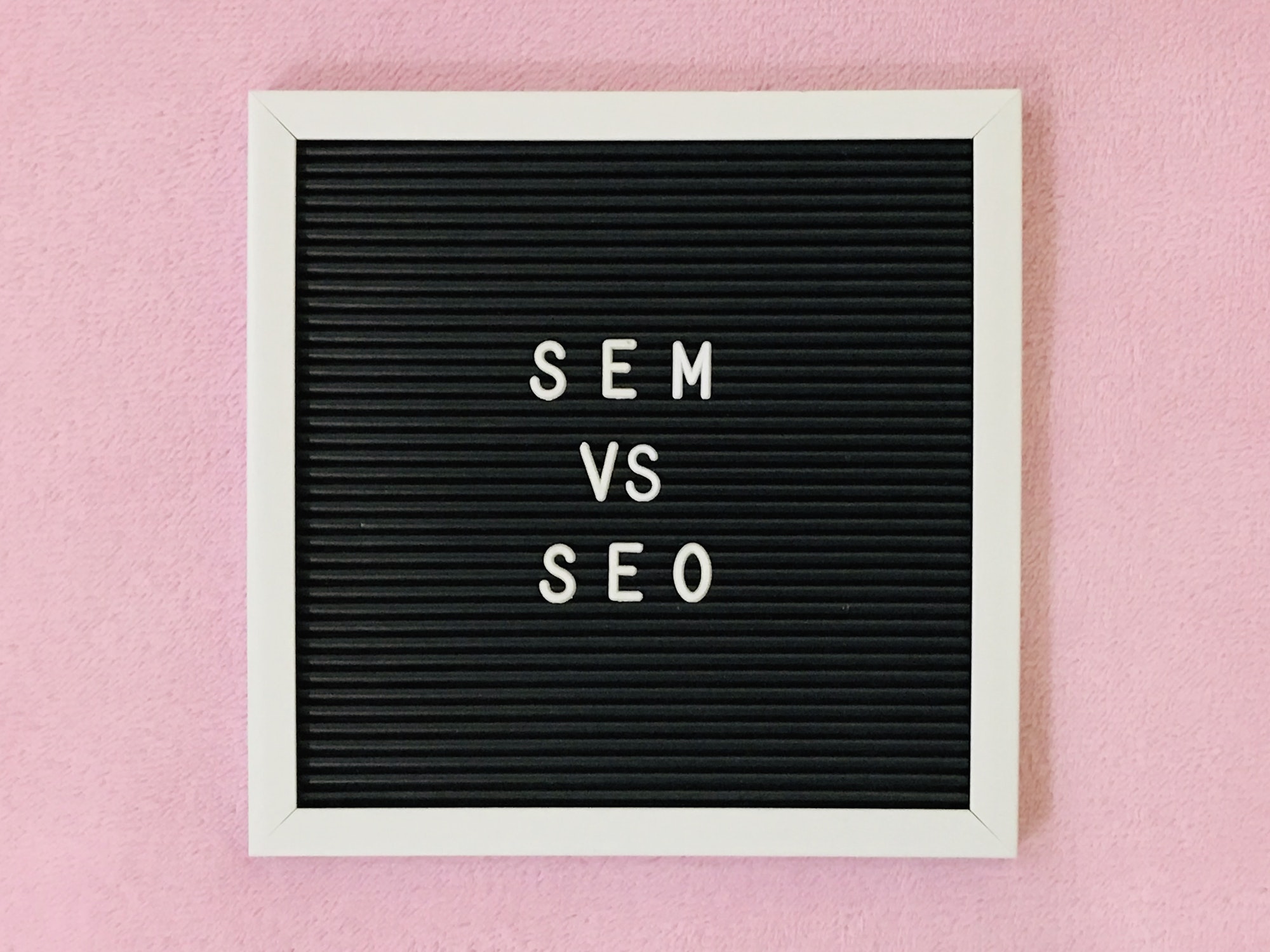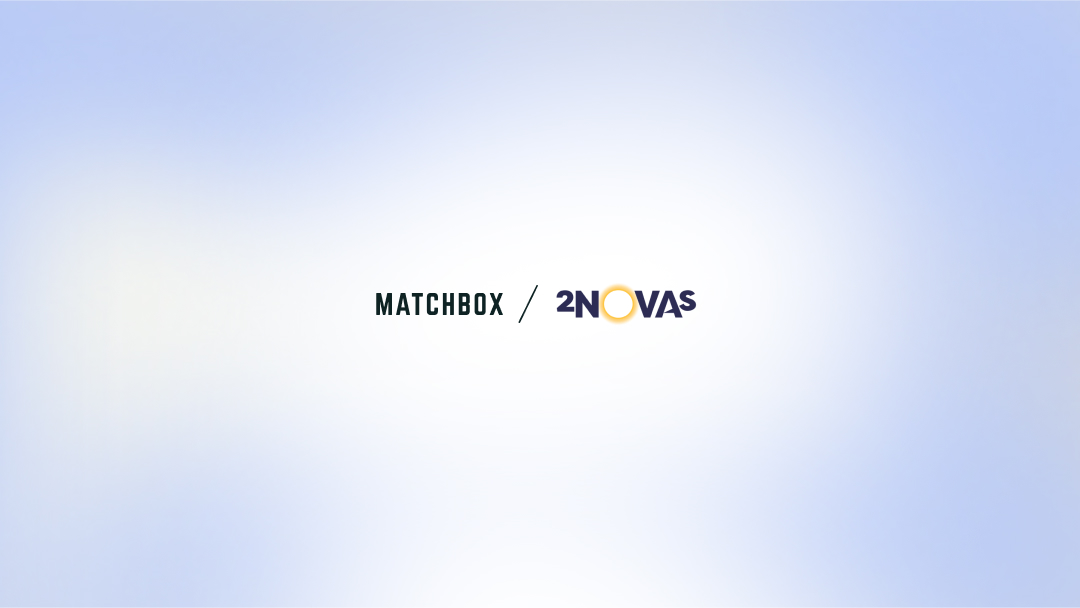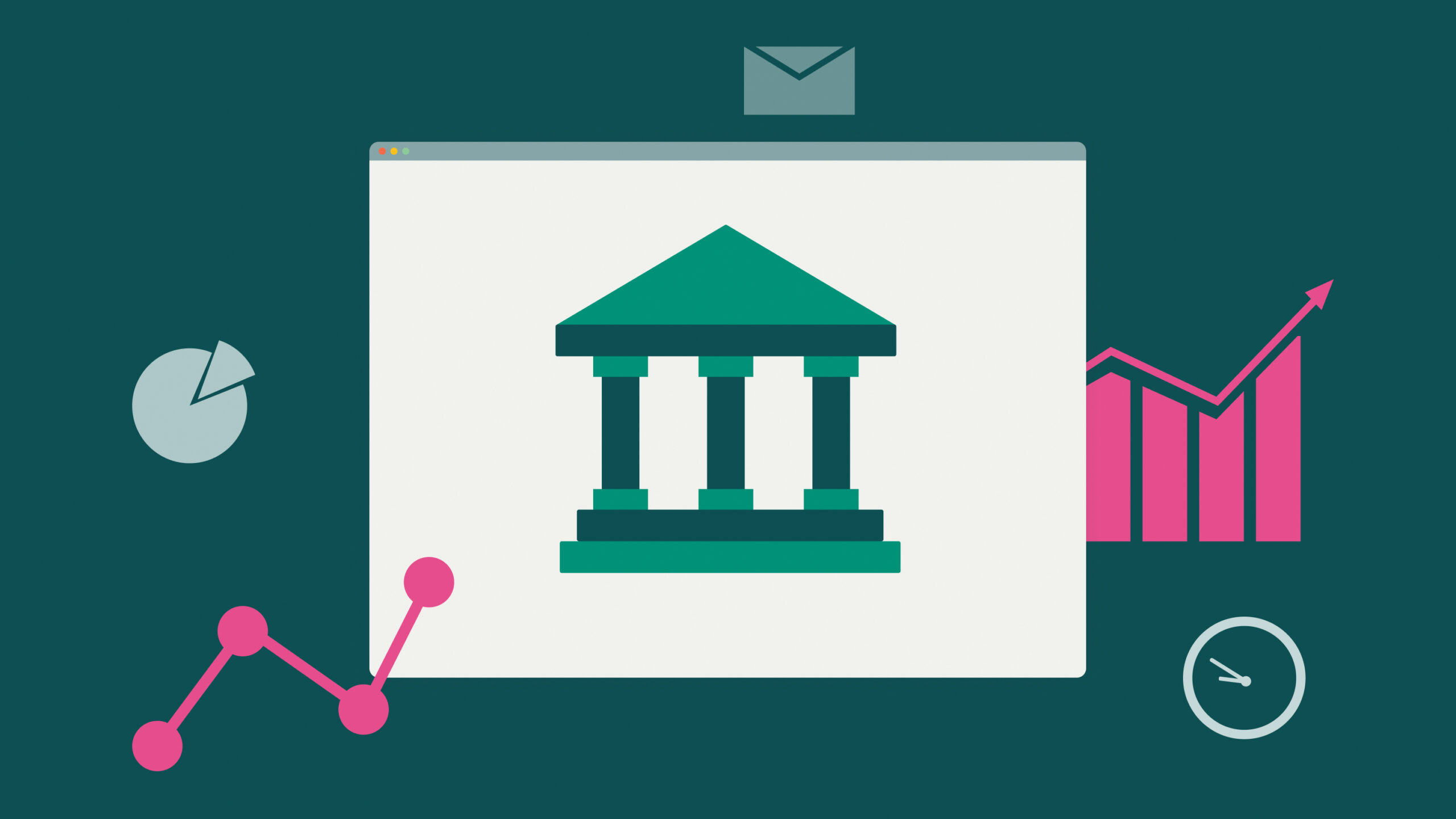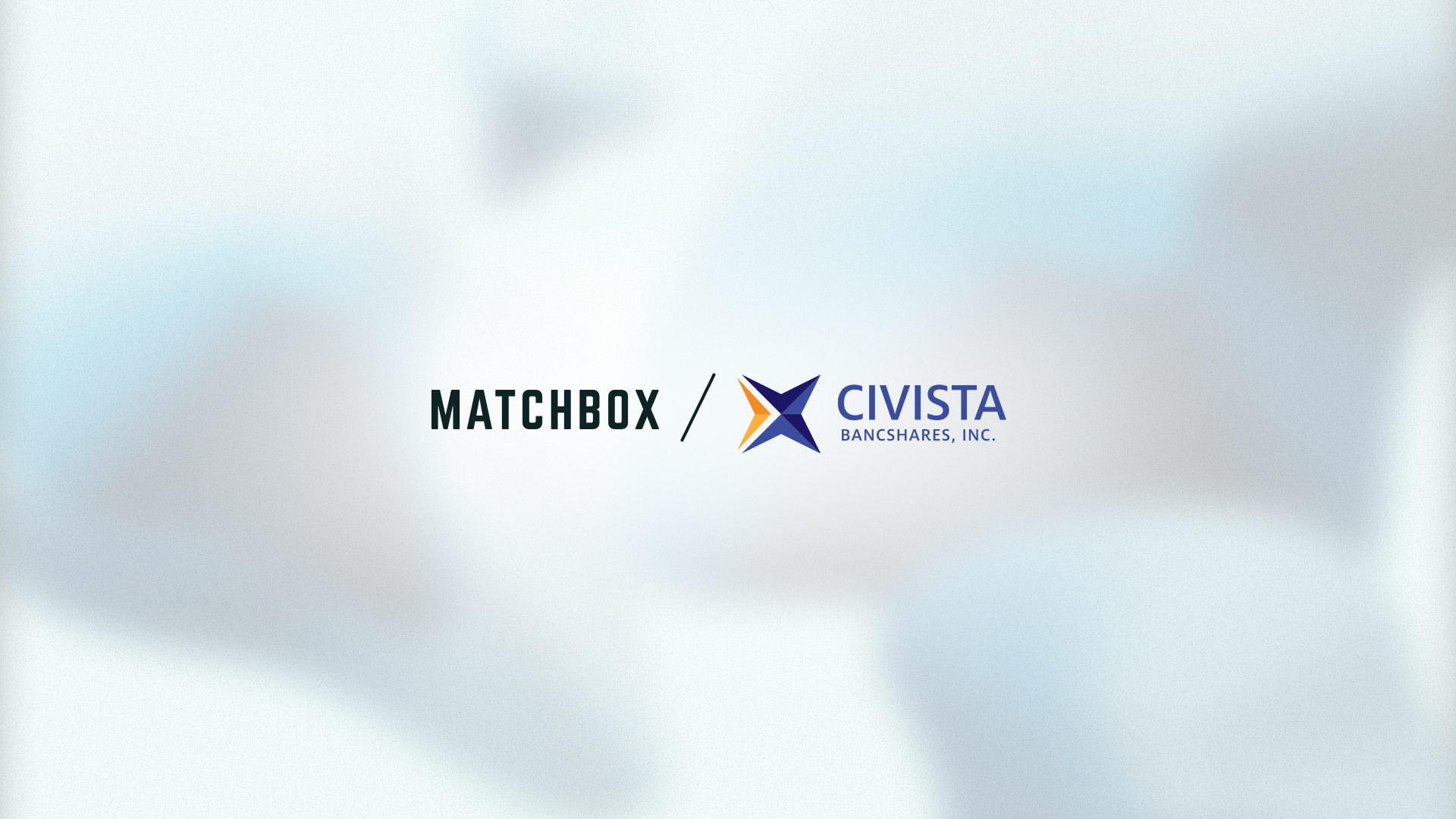Pay-per-click (PPC) ads and search engine optimization (SEO) are essential ingredients of an expansive digital marketing strategy.
PPC and SEO make sure your business appears when users search for your company, products, or services.
They both belong to inbound marketing, meaning they make it possible for highly qualified audiences to find your business, saving you the trouble and effort of looking for your audience yourself (although that’s also something you should definitely do, that’s not the theme of this article).
In this article, we will cover the basics of SEO and PPC strategy that your business should develop in its first year.
SEO And PPC Optimization Basics
The first step to take in this marketing direction is the Google My Business (GMB) listing optimization.
A Google My Business profile is a window into your business. It showcases the essential information about your business on Google’s first page of search results when someone searches for it.
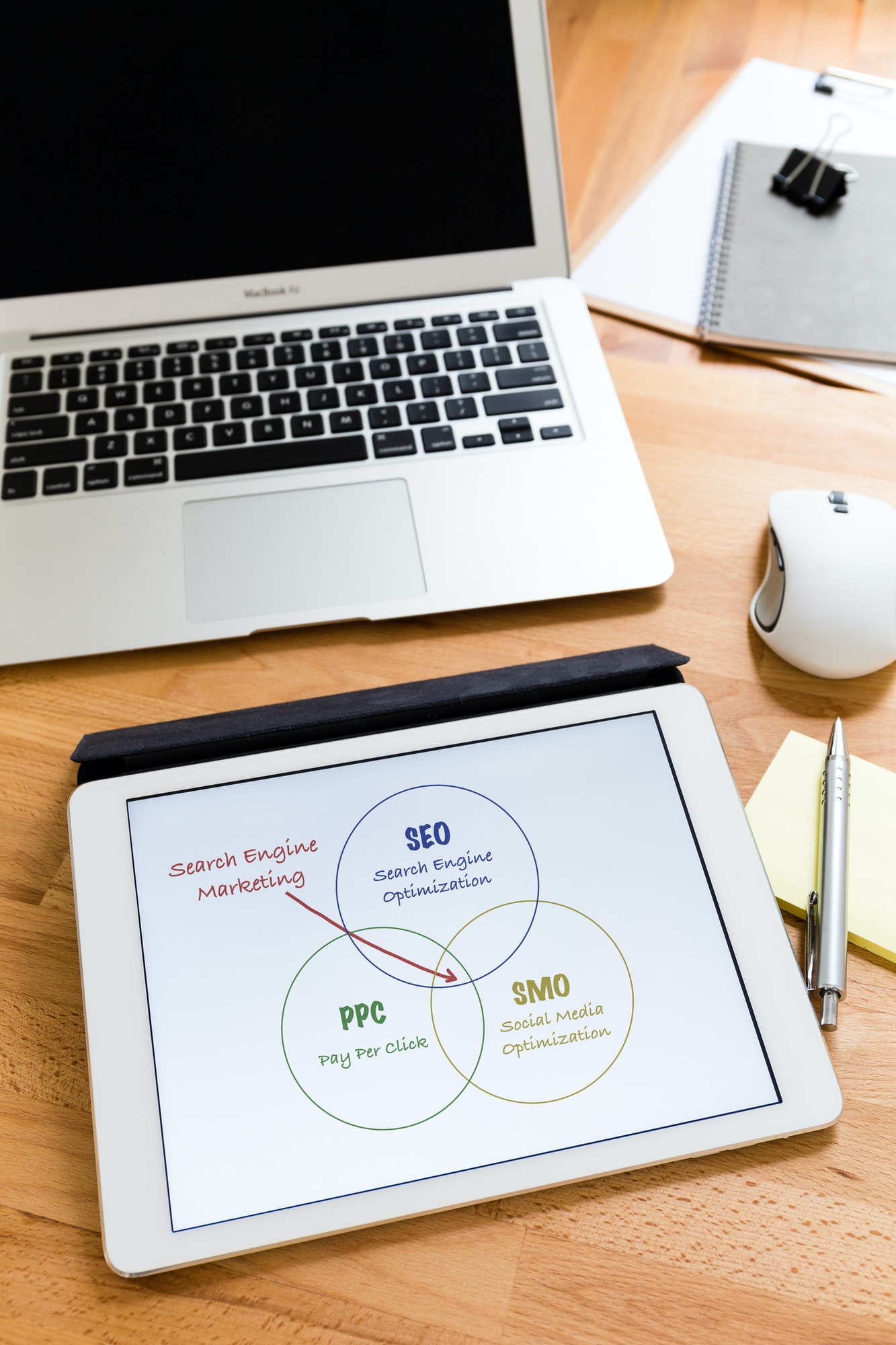
As your business’s storefront, it is essential that your GMB listing gives off the right impression of your brand and impacts prospects positively. Your GMB”s “curb appeal” should be welcoming and helpful: in other words, it should provide info about your location, phone number, working hours, user reviews, and anything else important that your customers should know.
A particularly important part of GMB optimization has a CTA button that suits your business’s purpose: this can be either “Book Now,” “Send Inquiry,” “Shop Now” or anything in between.
Optimizing Google My Business is critical for both PPC and SEO. Google’s search engine trusts a GMB listing that is regularly optimized and will verify your company as legitimate, also boosting trust with your audience.
As for PPC, GMB profile info pulls your prospects into your marketing efforts via location extensions.
The other basic aspect of SEO and PPC strategy is mobile website speed optimization.
How mobile-friendly your website is will determine its search engine performance, as mobile website speed is a Google SEO factor.
It also enhances your PPC score, which is vital for businesses that are looking to improve their online presence via voice search – a new global trend that is rapidly becoming another important consideration for brands everywhere.
Use PPC For SEO Keyword Research
Did you know that, within their first year of being online, less than 6% of all new pages will rank organically?
And that’s ANY ranking, which means they can end up on SERPs fourth page, not necessarily the first. in fact, it’s much more likely they won’t end up on the first page within the first year.
Before you invest your time and energy into ranking a certain page, it is important to find and use as many quality keywords as possible.
The keywords you aim to rank for should be the keywords that result in good conversion rates.
By looking at your PPC data, you can identify the exact keywords that should be the basis of your content strategy.
St. Louis Marketing Agency Services
Have a Look At Your PPC Trends And Do The Following:
- Use split tests on PPC to try out different page structures and apply the findings to your content pages.
- Find ad copy that did well in terms of conversions and use it in your page copy.
- Look at interaction rates and search volume for specific keywords and optimize the page using those with the most favorable numbers.
- Monitor PPC’s competitiveness, which can indicate a highly competitive SEO market, to get a better understanding of your competitive environment.
PPC insights that establish what SEO techniques will work for you the best should also result in cutting down your PPC expenditures.
A highly-rated digital marketing strategy agency can help you pinpoint the right PPC keywords to be used as a part of your wider SEO.
Boost Visitors’ Time-On-Site With PPC

A major ranking factor for SEO is the time visitors spend on site.
How Designers And Programmers Can Help SEO
A page with a low time-on-site metric will have a hard time ranking high in search results. To improve this, you can turn to PPC.
Do This By Referring To The Data That Already Exists:
- In the Google Analytics panel, view the average amount of time spent on every page.
- Look at your old pages and the keywords. If necessary, revamp the content to be more relevant.
- Make a list of users who stayed on page with similar content for a long time
- On the said page with low time-on-site metrics, run PPC ads and retarget the audience from the page with good time-on-site performance. The purpose of these tactics is to drive the most qualified target audience to your new content. Users who have previously found your content engaging, informative, and helpful will likely spend a significant amount of time reading other well-optimized content.
Optimize & Expand Your PPC Tactics
To finish off your first year’s scaling, your business should step into the SEO and PPC strategy expansion phase.
By that, we mean optimizing the ads that have been running for the last nine to ten months and bringing the most clicks. You should boost your ad budget for the most successful ads and reduce spending on ads that do not perform well.
Make sure you first establish which ads bring the most conversions by checking the landing page analytics. Once you identify them, invest your efforts into their keywords.
A/B testing and experimenting with your landing pages is advisable even at this stage. Side-by-side comparisons of different landing page copy and different layouts will help you determine which pages earn you customers and revenue.
Finally, do not forget that a great deal of your target audience uses digital channels like LinkedIn, Quora, and Twitter. Tap into these underused channels for additional PPC campaigns.
Scale Content Marketing And Update Your Best Performing Pages

As a final step in ramping up your PPC, SEO, and content marketing, prioritize publishing several pieces of content (like blog articles) per week.
Repurpose and overhaul your top-performing content that may be out of date, as well. Near the end of your first year of SEO and PPC, work on earning backlinks by reaching out to people who host popular blogs and ask them about guest-posting opportunities.
Over each year, your leads and/or revenue coming solely from PPC and SEO should increase by 30% to 80%. An SEO strategy that involves link building and content marketing may play a crucial role in this milestone.
Conclusion
Digital marketing consists, among other things, of two equally important elements: SEO and PPC.
Together, they help your business attract more high-value customers and boost brand awareness.
